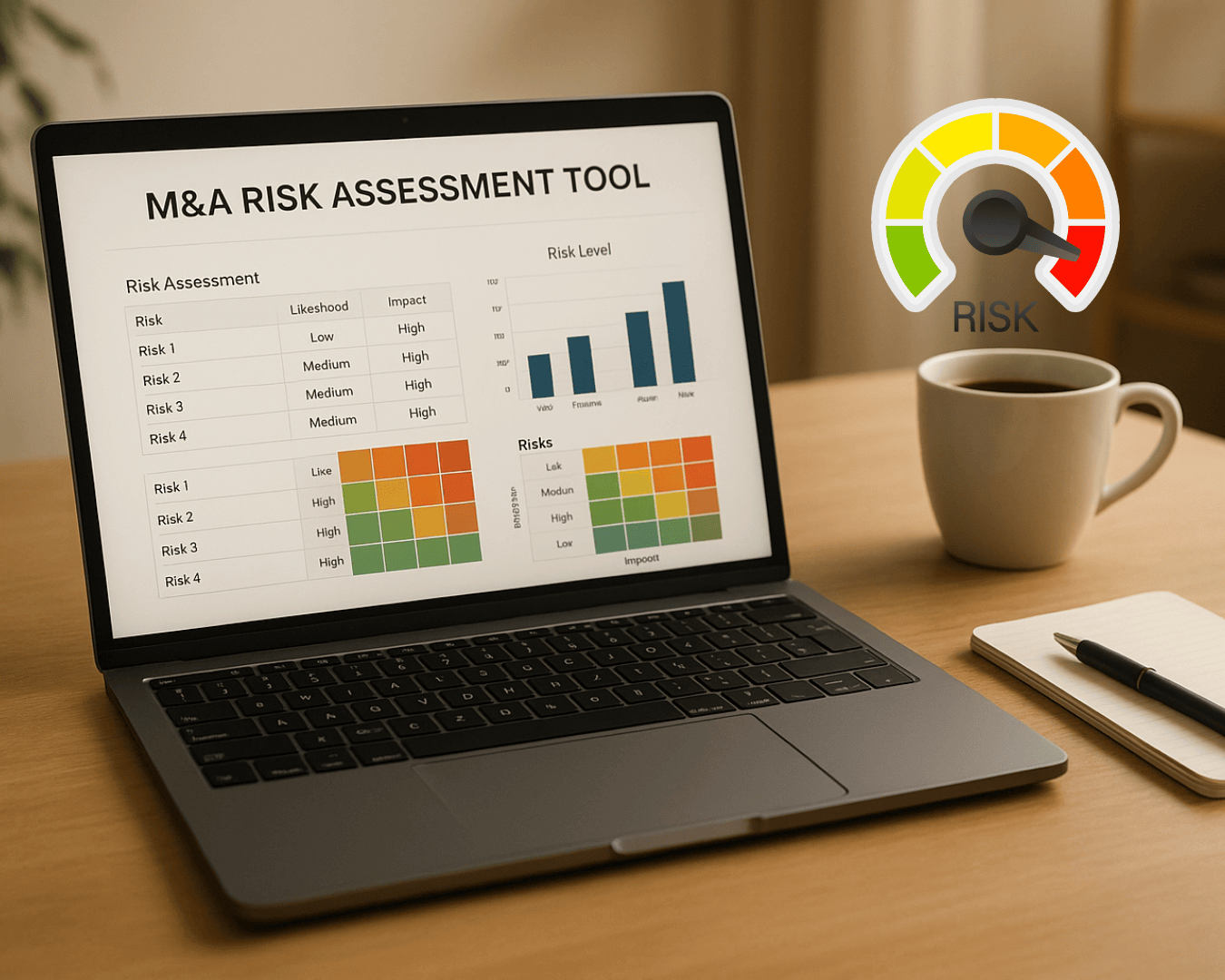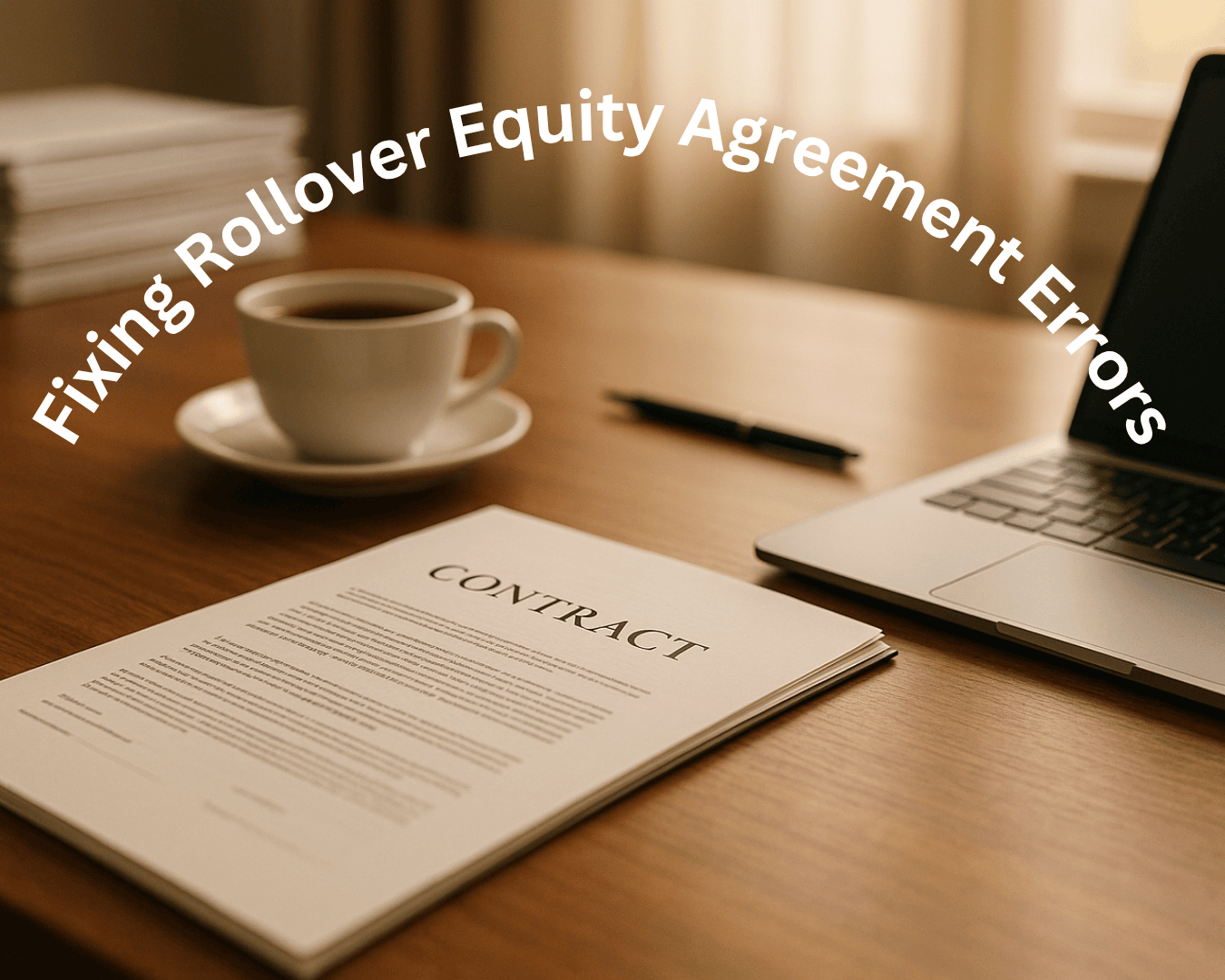Most entrepreneurs start the same way:
- They launch a startup from scratch
- Burn years (and cash) searching for product-market fit
- Hope the business survives long enough to pay them back
But what if there was another way?
What if you could skip the startup risk, buy a profitable business from day one, step in as CEO, and own the upside?
That’s the premise of a Search Fund—a unique model for entrepreneurship through acquisition (ETA) that began as a quiet academic experiment in the 1980s.
Today, it’s a global, billion-dollar asset class that’s changing the way ambitious professionals become business owners.
1. The Birth of the Search Fund Model
The story begins at Stanford Graduate School of Business in the mid-1980s. Professors H. Irving Grousbeck and Charles Holloway were guiding bright MBA students through the traditional career paths:
- Corporate roles in Fortune 500 companies
- Consulting or investment banking for stable, high-paying work
- Launching a startup to chase big upside (and big risk)
But they noticed a problem:
- Many MBAs wanted to be owners, not employees.
- Most didn’t have the resources, ideas, or appetite for startup risk.
- The typical paths to ownership—inheritance, family business, or big buyouts—were out of reach.
Grousbeck and Holloway asked a radical question:
“What if a talented, high-integrity MBA could buy an existing small business, run it, and grow it—without building from zero?”
The model they developed became the foundation for the modern Search Fund:
- Raise a small pool of capital to fund the search (covering salary and expenses for 18–24 months).
- Identify a profitable, low-risk small business with stable cash flow and growth potential.
- Raise acquisition capital from the same investors, usually combining equity, seller financing, and bank debt.
- Take over as CEO, improve operations, and own the upside from day one.
No garage startups. No speculative ideas. Just ownership, cash flow, and control.
2. The First Search Fund Success Story
The first proof of concept came in 1984 with Jim Southern, Stanford MBA ’83.
Southern raised approximately $150,000 from professors and friends to fund his search. Eighteen months later, he acquired Uniform Printing, a small publishing company generating about $5M in revenue.
Southern stepped in as CEO, implemented operational improvements, and grew margins steadily. After five years, he sold the business and delivered an astonishing 24x return to his initial investors.
That single deal validated the model:
- A small pool of capital could unlock life-changing ownership opportunities.
- Investors got private equity-like returns on a relatively small check.
- Operators gained real wealth and experience far earlier than the traditional corporate ladder would allow.
Grousbeck and Holloway documented the process, and other Stanford MBAs began to follow the same playbook.
3. Why Search Funds Took Off (Quietly)
For the first 20 years, search funds were niche and largely invisible outside top MBA programs.
Why?
- Small deals, small checks: Early searches targeted $5M–$20M enterprise value companies, too small for institutional PE.
- Traditional industries: Printing, HVAC, healthcare services, distribution, light manufacturing.
- No tech glamour: Search funds weren’t chasing unicorns; they were buying cash flow.
Yet the numbers were compelling:
- 80%+ success rate for funded searches (versus <10% for startups)
- Median investor returns of 30%+ IRR in Stanford studies
- Life-changing wealth for operators even on modest exits
The model resonated with practical entrepreneurs who valued control, steady cash flow, and asymmetric upside without VC risk.
4. How Search Funds Work
A typical Search Fund has three key phases:
1. Raise Search Capital (6–12 months)
- Usually $250K–$500K from 8–15 investors
- Covers living expenses, deal sourcing, travel, and diligence
- Investors get the right to invest in the acquisition once a target is found
2. Search & Acquire (12–24 months)
- Target: Profitable, stable SMBs ($1M–$5M EBITDA)
- Financing stack: Investor equity + SBA loan + seller note
- Often low-tech, local-service businesses with recurring revenue
3. Operate & Grow (5–7 years)
- Operator takes the CEO role
- Strategy: Operational improvements, organic growth, bolt-on acquisitions
- Exit options: Sell to PE, strategic buyer, or hold for cash flow
This model is appealing because it balances entrepreneurial ownership with reduced downside risk—the holy grail for many would-be founders.
5. The Modern Search Fund Landscape
Today, the quiet experiment from 1984 is a thriving global ecosystem:
- 600+ active search funds worldwide
- Dozens of institutional investors, including family offices, PE firms, and accelerators like Search Fund Accelerator (SFA)
- Billions in enterprise value created across hundreds of acquisitions
Search funds have evolved into several flavors:
- Traditional funded search – Classic model with outside investors.
- Self-funded search – The operator finances the search and keeps more upside.
- Incubated or accelerator-backed – Programs provide capital, mentorship, and deal flow.
- Partnership or multi-search – Teams or micro-PE firms buying multiple SMBs.
Global adoption is accelerating in Europe, Latin America, and Asia, driven by:
- A wave of retiring baby boomer owners ready to sell
- Institutional investors hungry for cash-flowing SMBs
- MBA programs actively teaching ETA as a career path
6. The Math Behind the Model
Search funds work because they exploit a market inefficiency in small business M&A:
- Companies with $1M–$5M EBITDA are too big for most individuals to buy but too small for large PE firms to chase.
- Valuations are affordable, often 3–5x EBITDA, leaving room for leverage.
- Operators can professionalize operations, driving significant value creation.
Here’s a simplified example:
- Acquire an HVAC company doing $1.5M EBITDA for $5M
- Finance with 50% SBA loan, 30% equity, 20% seller note
- Grow EBITDA to $3M in 5 years and sell for 6x
Equity investors 5–7x their money.
Operator becomes a multi-millionaire.
This repeatable playbook is why institutional investors are now treating search funds as a true asset class.
7. Lessons for Aspiring Searchers
The search fund model isn’t easy—it’s just less risky than starting from scratch.
Success requires:
- Patience – The average search takes 12–24 months
- Deal judgment – Not every profitable business is a good buy
- Operational grit – You’re stepping into the CEO seat of a company with employees, customers, and legacy processes
But for those who execute well, the rewards are unique:
- Cash flow from day one
- Personal and professional autonomy
- Transformational wealth creation
In a world obsessed with “disruption,” search funds thrive on continuity and stewardship.
8. The Future of Search Funds
As baby boomers retire and small businesses change hands at unprecedented rates, the opportunity for search funds is only growing.
Trends to watch:
- Self-funded searches rising – Lower barriers to entry and full upside for the operator.
- Micro-PE evolution – Experienced searchers rolling multiple SMBs into multi-company portfolios.
- International expansion – Europe and Latin America are booming; Asia is next.
- Technology + AI – Searchers are using data to find deals, underwrite faster, and manage operations better.
What started as a Stanford classroom experiment is now a mainstream path to ownership and wealth creation.
The core insight remains the same:
You don’t always need to start a company to become an entrepreneur. Sometimes, the smartest play is to buy one.










.png)







































.png)








































%20Loan%20Application%20Checklist.png)


















